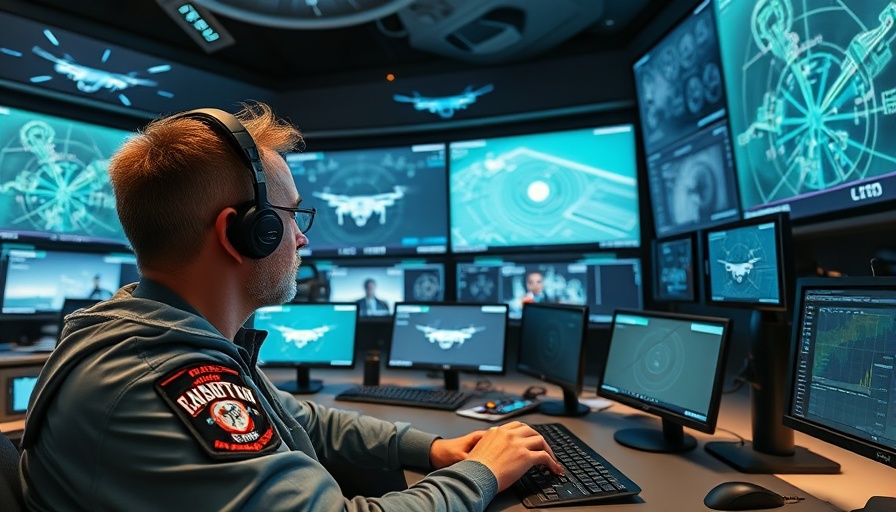
Emerging Counter-Drone Technologies in a Changing Landscape
In an era where drones are redefining the boundaries of aerial capabilities, particularly evident in military contexts such as the ongoing Ukraine conflict, the demand for effective counter-drone technology is soaring. Traditional solutions often involve ground-based systems or sophisticated cyber approaches—many of which come with exorbitant costs. However, German startup Alpine Eagle is aiming to disrupt this market by introducing a cost-efficient airborne solution known as Sentinel.
Innovative Approaches to Drone Defense
Unlike conventional fixed installations, Alpine Eagle's Sentinel system promises greater mobility and versatility. It operates from a ‘mothership’ that can engage threats from the sky, armed with interceptors designed to neutralize hostile drones effectively. This approach not only enhances tactical advantages by avoiding geographical hindrances but also mitigates the risk of being an easy target for adversaries.
The Financial Backing Fuels Growth Potential
The startup recently closed a funding round of €10.25 million, led by British venture capitalist firm IQ Capital. This influx of capital is crucial for expanding its operations and increasing its workforce, set to grow from 30 to 40 skilled professionals in the coming months. The successful acquisition of the German army as a customer amplifies Sentinel's credibility in a competitive sector filled with expensive legacy systems.
Current Market Trends: Focus on Affordability
As military budgets tighten globally, solutions like those offered by Alpine Eagle become more relevant. The stark contrast in pricing—where $500 drones can pose threats to a million-dollar infrastructure—demonstrates a critical need for affordable defense measures. This need is not confined only to military use but extends to law enforcement and various security sectors, indicating a broad market potential.
Future Challenges and Opportunities
While the evolution of counter-drone technology is encouraging, it's essential to consider the challenges ahead. Lessons from cybersecurity suggest that as countermeasures evolve, so too will the tactics deployed by threat actors. Companies like Alpine Eagle must stay ahead of innovation curves to ensure their solutions remain robust against next-gen drone threats.
Conclusion: A Turning Point in Drone Defense
Alpine Eagle’s innovative approach to counter-drone technology represents a significant turning point in how we address aerial threats. The dual application of modular airborne systems with effective intercept capability illustrates a move towards more adaptable, cost-effective defense solutions. As the landscape of drone warfare continues to change, staying informed about emerging technologies like Sentinel is more critical than ever.
 Add Row
Add Row  Add
Add 




Write A Comment